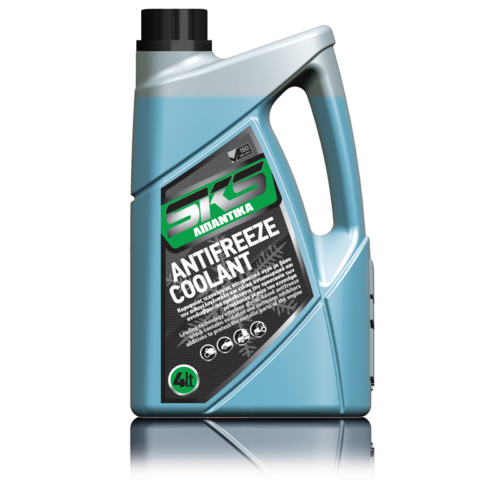While writing the previous post on ultra-processed foods, I received an email from Naturopath Darin Ingles with the subject line: “What do antifreeze and cosmetics have in common?” Turns out, they both contain propylene glycol, a synthetic chemical derived from petroleum that is an ingredient used in both antifreeze and over 4,000 skincare products and cosmetics.
Curious about this chemical, I researched it further and discovered it is also used in hundreds of food products to help maintain consistency, moisture, and texture, and to extend shelf life. Examples include:
- Seasoning blends
- Dried soups
- Salad dressings
- Baking mixes
- Powdered drink mixes
- Snacks
- Fast foods
- Cake frosting
- Ice cream flavors
- Mass-distributed baked desserts
- Marshmallows
- Sauces
- Sour cream
- Potato salad
As WebMD assures us, “it is a low-toxicity substance.” But doesn’t that imply that it IS toxic? Sure you may have to eat it “in large quantities,” to suffer health consequences. But why eat a toxic substance at all?!!
What’s more, how can we be certain that we aren’t eating it in large quantities? Look at the list above. Over a day or week, how many of those foods do you eat (and that is only a partial list.) Can your liver and kidneys really clear them all, especially the more you eat? And are you taxing your kidneys and liver by forcing them to eliminate one more unnecessary toxin?
Perhaps the last line of the WebMD article offered the safest advice: “The best way to protect yourself is to avoid products that contain the substance. Instead, eat more fresh whole foods.”
Is Your Eyesight Getting Better?

Knowing what goes on behind the sleek packaging and clever ad copy of processed foods, are you beginning to see UPFs with new eyes? When you see a package of Oreos, or a quick soup mix, or a bottle of salad dressing, are you starting to see them not as “foods,” but as “industrial formulations” that should not be eaten any more than antifreeze?
!! News Flash !!
Just 15 minutes ago, up pops yet another article about the dangers of forever chemicals in 3M products like non-stick cookware, which I explained in my Earth Day article. Turns out that 3M knew about the dangers of forever chemicals as far back as the late ’70s, and one of its chemists further documented the extent of the problem in 1997, after which her research was halted.
Only in the last couple years, now that most of us have these chemicals in our bloodstreams, are we learning that indeed, they pose serious health risks, e.g., interfering with hormones, fertility, liver and thyroid function, cholesterol levels and fetal development.
So again, why wait for 100% guaranteed incontrovertible proof, and let decades pass before we find out that some of the additives in industrial food formulations pose health risks?
